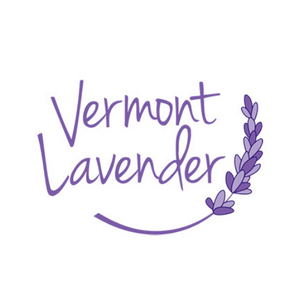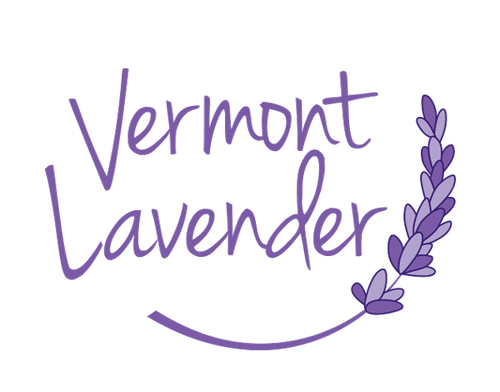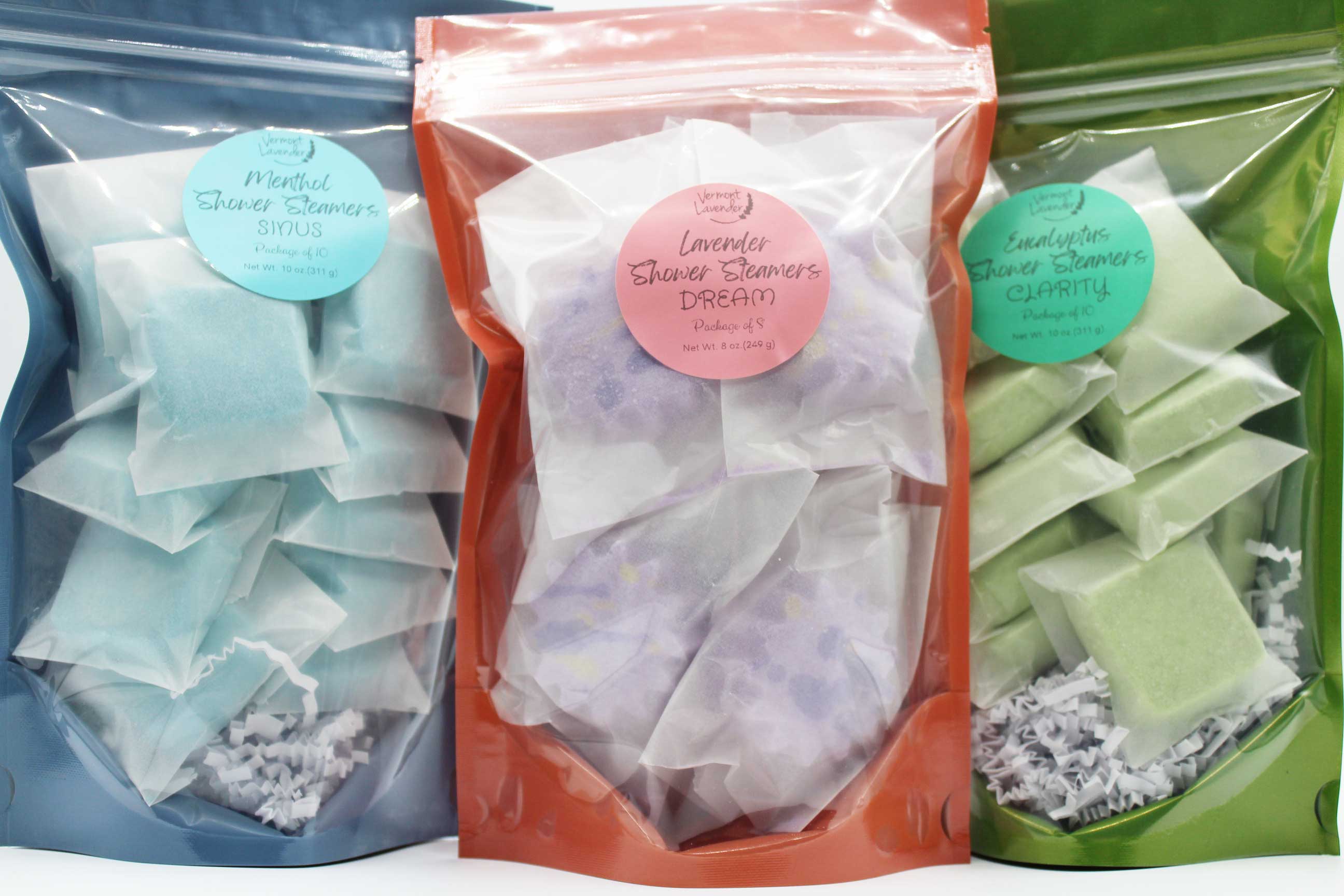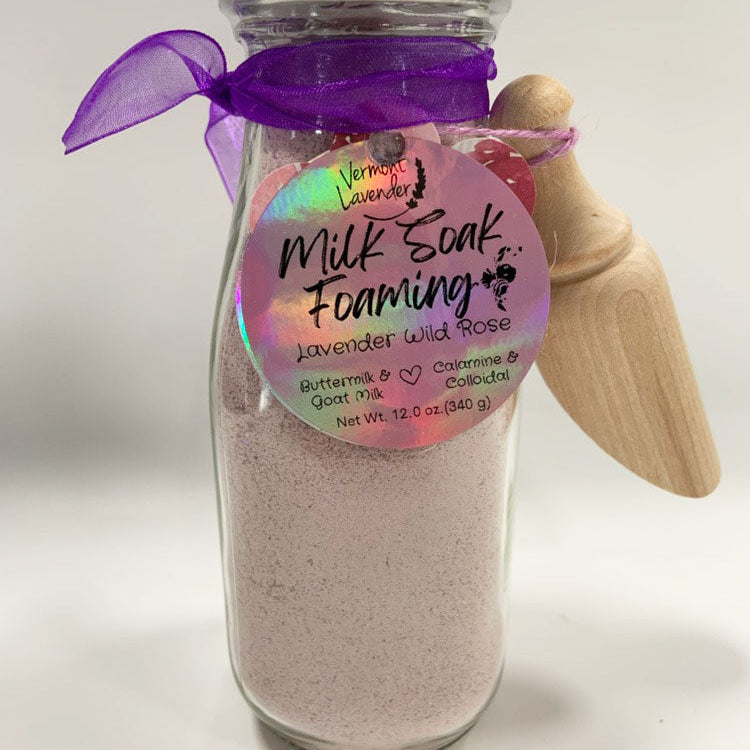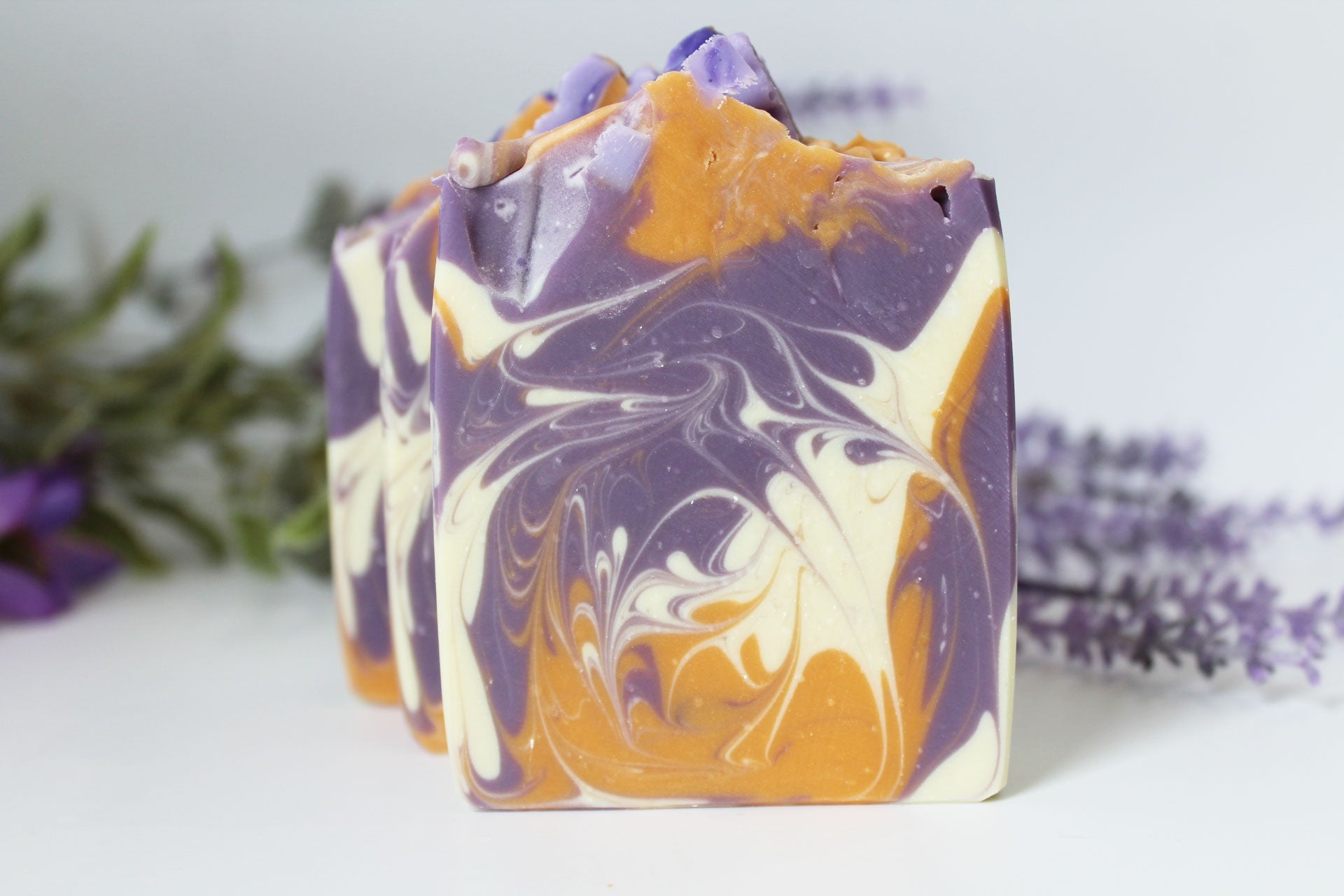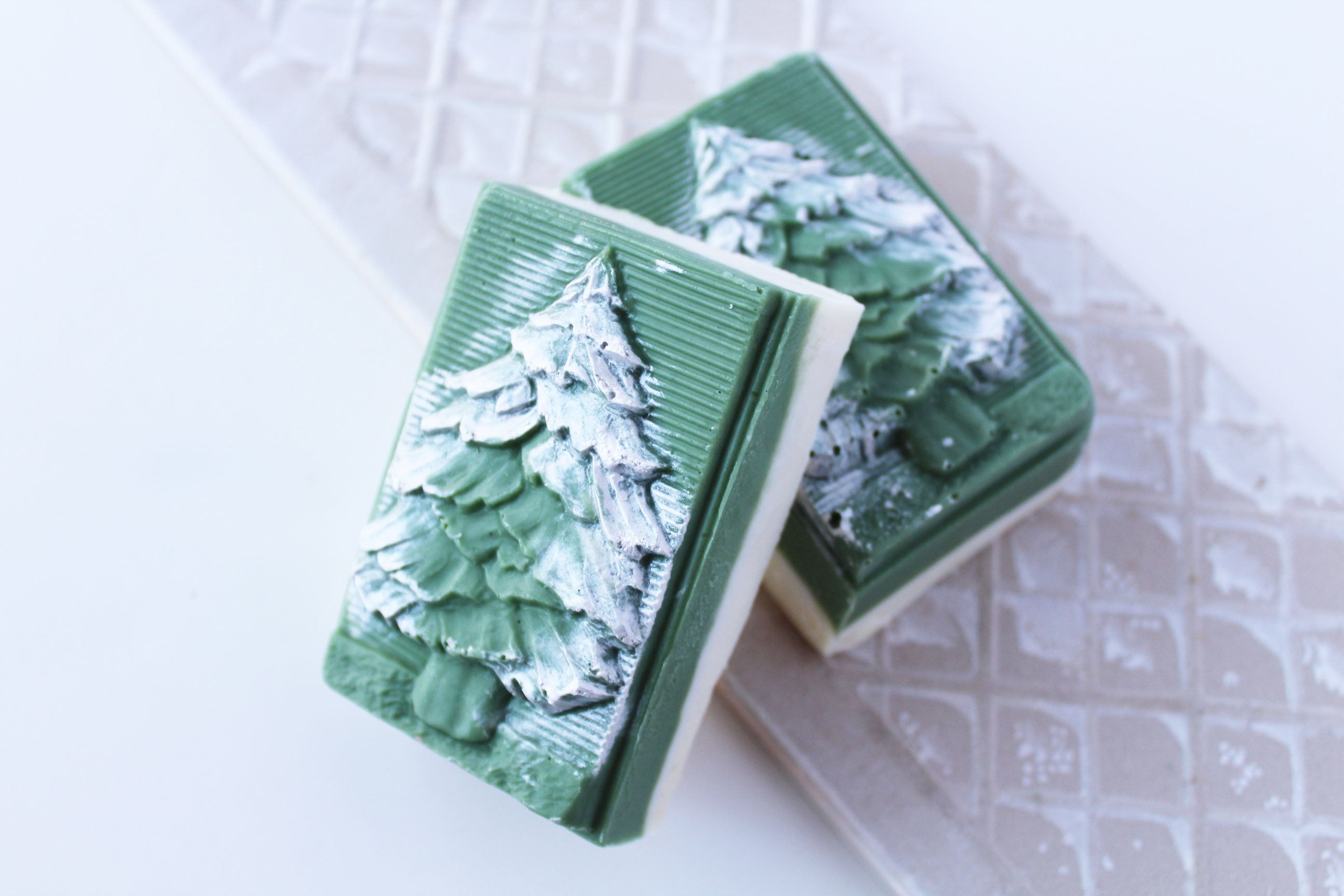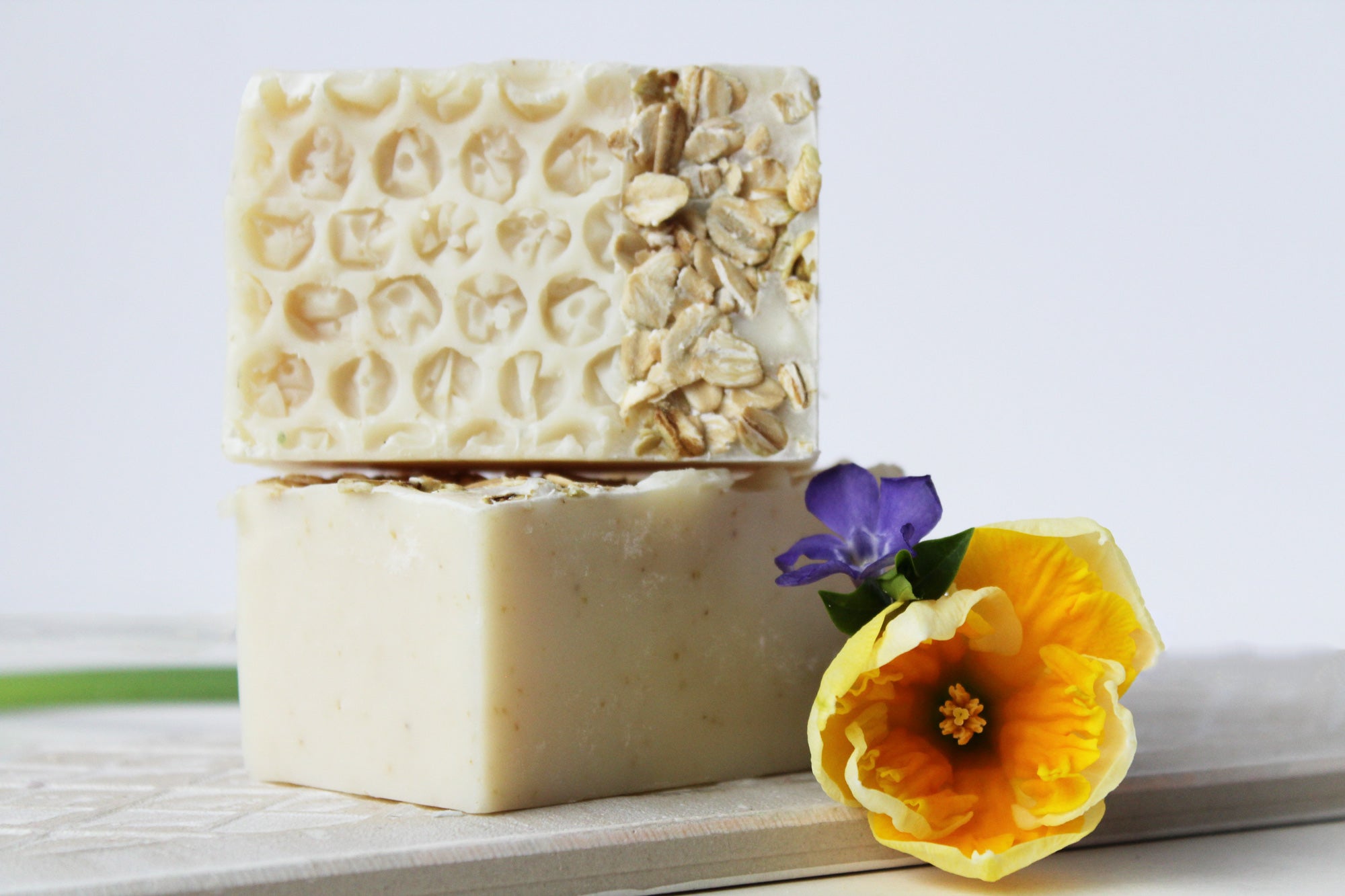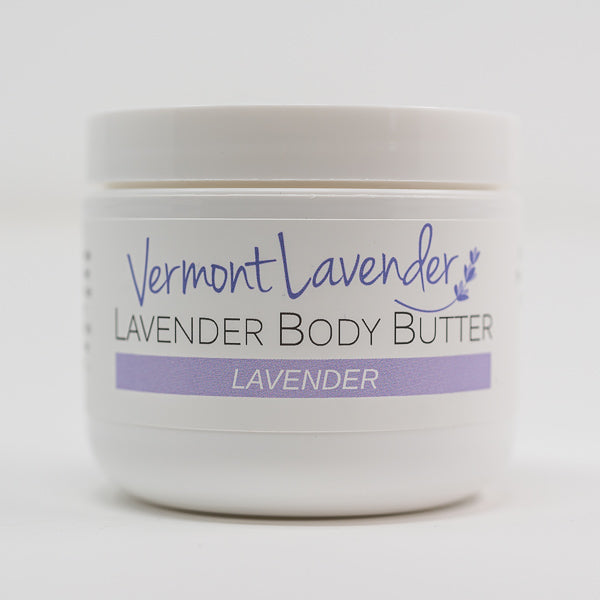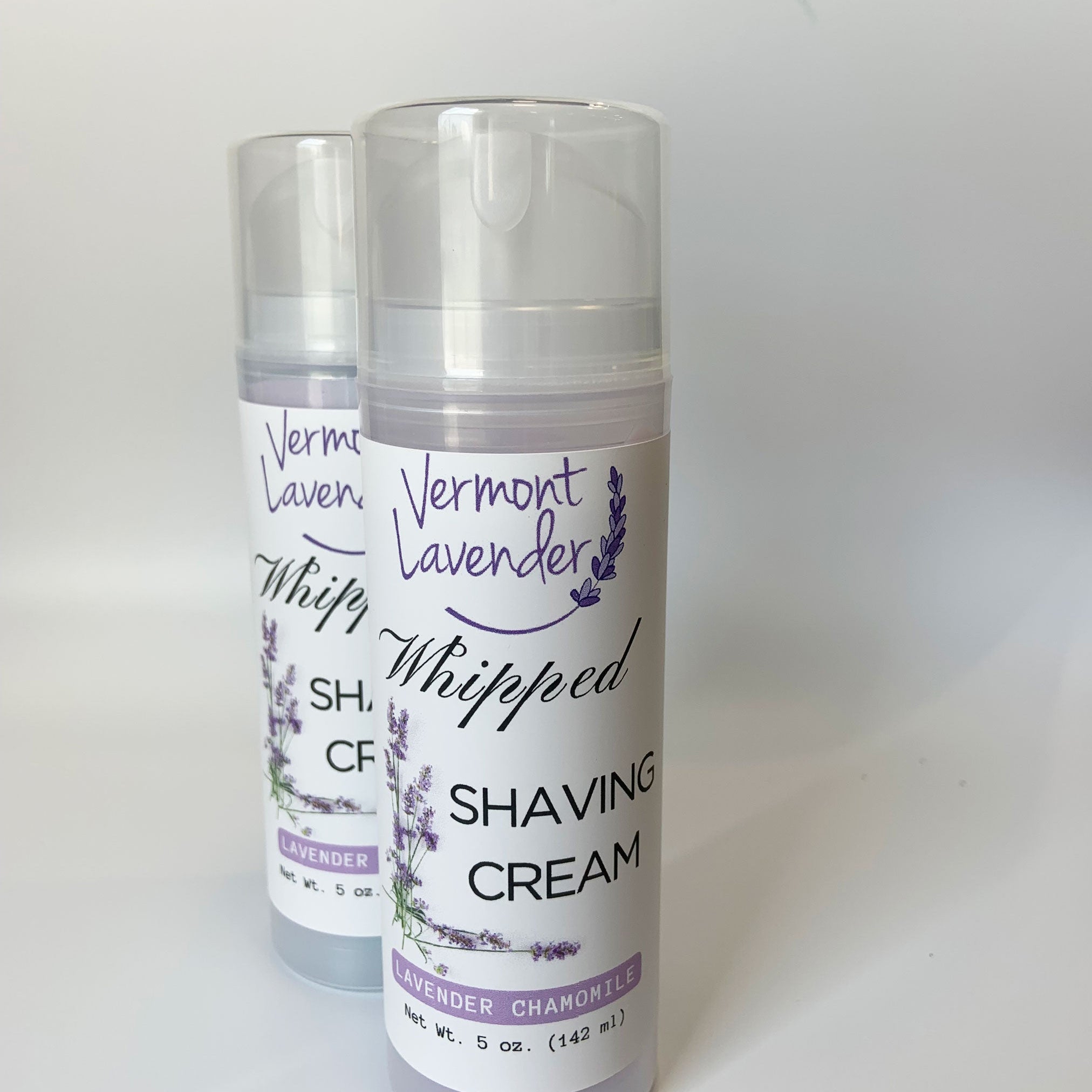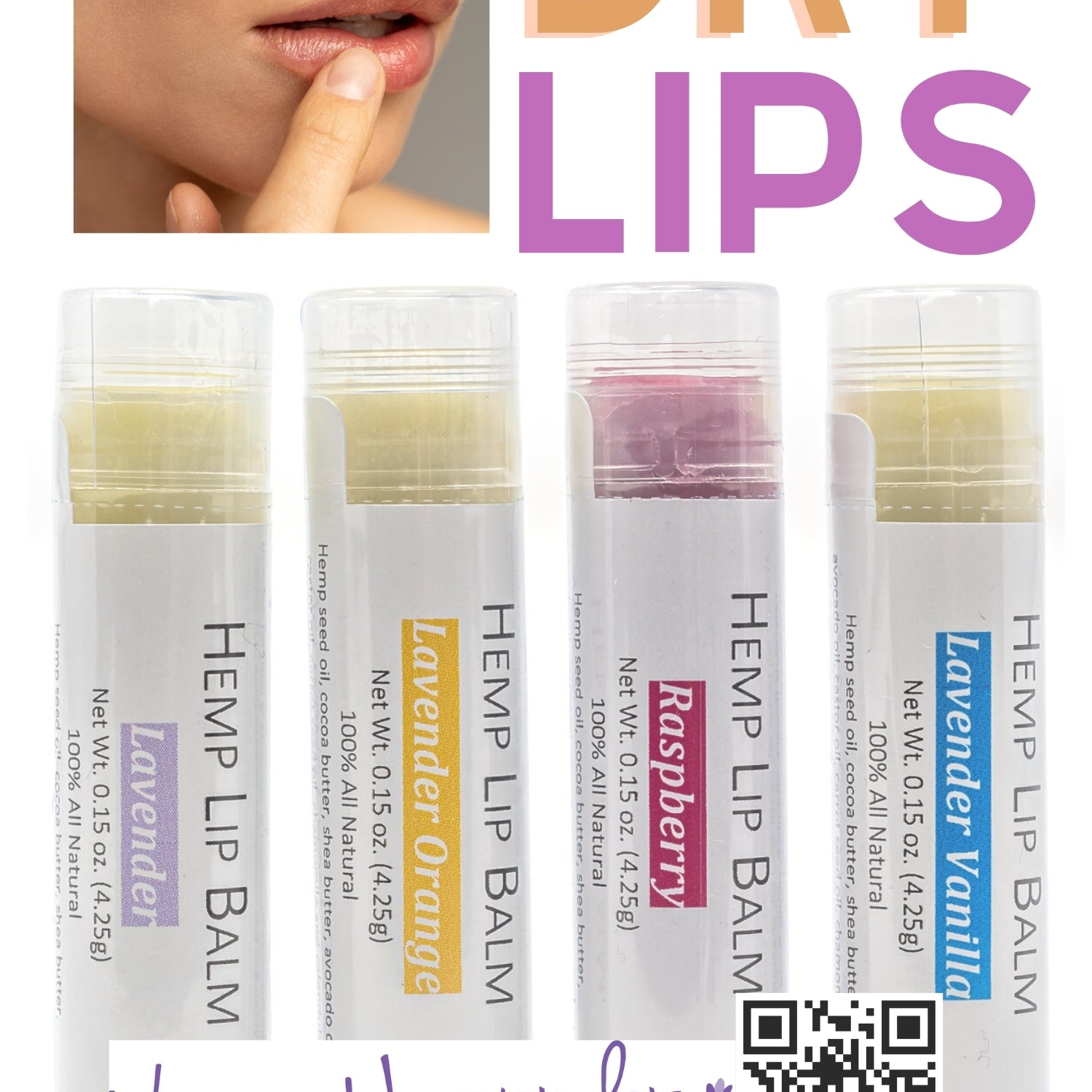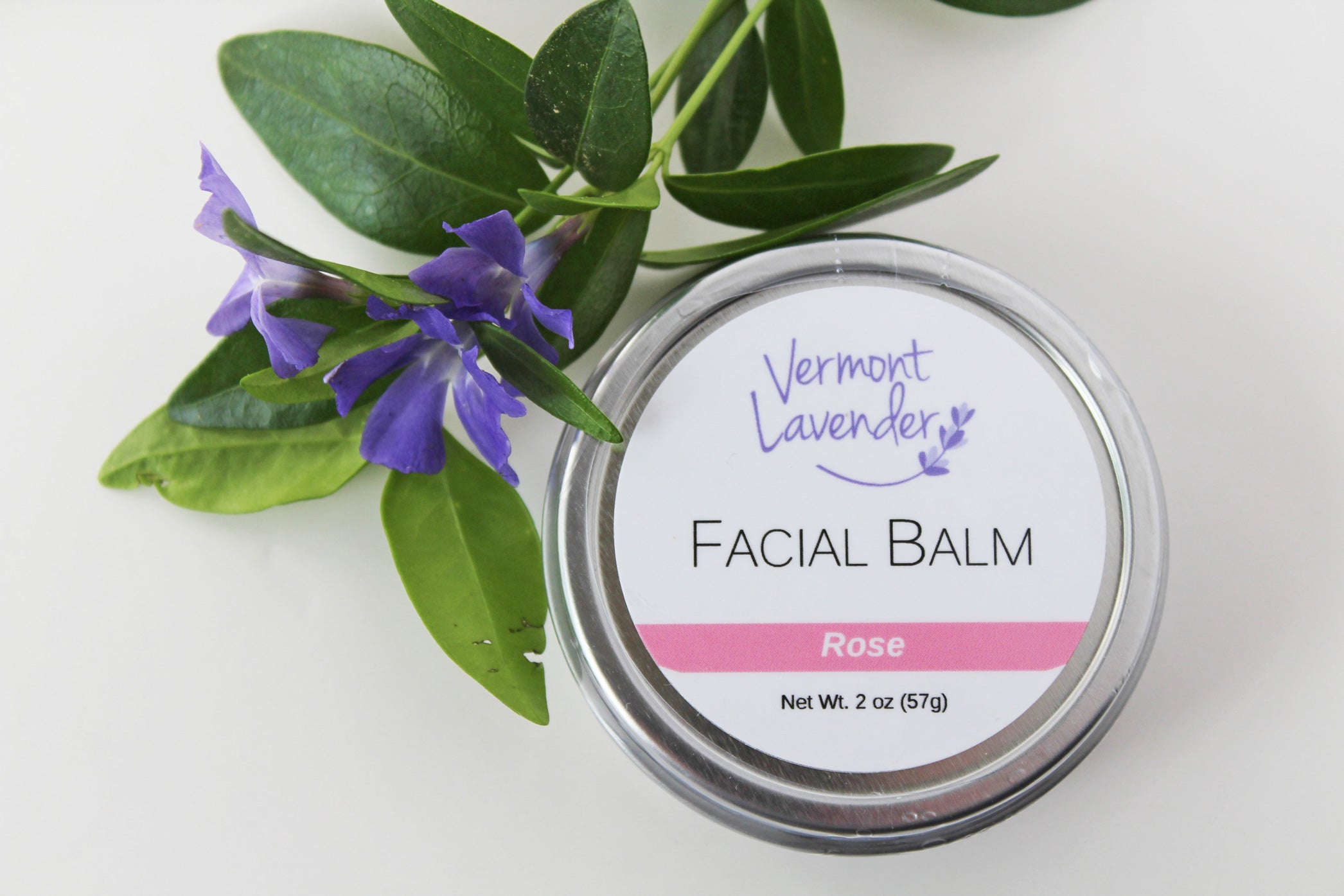Culinary Lavender Varieties For Teas, Cookies and Sugars: The Complete Guide
Home Cook and Herb Gardener
Cooking With Lavender | How To Make Lavender Sugar | Use Lavender Sugar In Baking, Teas & More | Lavender Lemonade
After spending over two decades growing and cooking with lavender, I’ve discovered that this aromatic herb is so much more than just a pretty garden plant. When I first started experimenting with culinary lavender, I made every mistake in the book! I once added so much lavender to a batch of shortbread cookies that they tasted like my grandmother’s soap drawer! But those early mishaps taught me valuable lessons about using this delicate herb in the kitchen.

Understanding Culinary Lavender: A Deep Dive into Varieties
Let me share something that took me years to fully understand—the fascinating world of lavender varieties and their distinct characteristics. When we talk about culinary lavender, we’re primarily focused on Lavandula angustifolia, but there’s so much more to know about these remarkable plants.
Not All Lavender is Edible
One of the biggest revelations in my lavender journey was learning that not all lavender varieties belong in the kitchen. Think of lavender like wine grapes—while all grapes are technically edible, you wouldn’t use just any variety to make a fine wine. The same principle applies to culinary lavender.
The best culinary lavender comes from the Lavandula angustifolia species, also known as English lavender, true lavender, or lavender vera. These varieties offer the perfect balance of floral and herbal notes without the overwhelming camphor taste that some other lavender species possess. Trust me, I learned this the hard way after trying to make lavender lemonade with ornamental lavender—it was like drinking perfume!
SHOP Lavender: Grown By Vermont Lavender (while supplies last)
Best Culinary Lavender Varieties
Through years of experimentation, I’ve found these varieties to be the absolute stars in the kitchen: Where I grow my lavender in zone 4b here in Vermont the best varieties are Munstead, Pink perfume “Melissa” and Hidcote.
🔹 ‘Munstead’ – My go-to for most culinary applications. It offers a sweet, well-balanced fragrance that works beautifully in both sweet and savory dishes.
🔹 ‘Hidcote’ – With its dark purple flowers and strong, sweet fragrance, this variety is excellent for making lavender sugar and infusions. It holds its flavor exceptionally well during baking.
🔹 ‘Royal Velvet’ – My secret weapon for show-stopping desserts. Its dark purple buds retain their color beautifully when dried, making it perfect for decorative touches on cakes and cookies.
🔹 ‘Buena Vista’ – When making delicate teas or light syrups, this is my choice. Its sweet fragrance doesn’t overwhelm other flavors, making it ideal for subtle application
Where to Purchase
Affiliate link disclosure at bottom of this article
Essential Tips for Cooking with Lavender
After countless hours in the kitchen, I’ve developed what I call my “golden rules” for cooking with lavender. These tips will help you avoid the common pitfalls that many home cooks encounter when first experimenting with this herb.
💜 Note: Affiliate link disclosure at bottom of this article
The "Less is More" Rule
The most important lesson I’ve learned is restraint is key when cooking with lavender. Start with half the amount you think you need, you can always add more, but you can’t take it away. Sometimes the scent and flavor of lavender can become overpowering to some and may cause nausea.
Recommended Usage Amounts:
- 1/2 teaspoon dried lavender buds per cup of sugar (for lavender sugar)
- 1-2 teaspoons dried buds for a standard cake or cookie recipe
- 1 tablespoon fresh or dried buds per cup of liquid for tea or infusions
Proper Storage Techniques
Storing your culinary lavender correctly is crucial for maintaining its flavor and aroma.
✔️ Store in an airtight glass container in a cool, dark cupboard. ✔️ Dried lavender buds maintain their flavor for up to one year, but I’ve had other varieties like “Provence” and “Munstead” last about 3 years. I do prefer using them within six months for the best results. You can always add a moisture absorbing packet that are rechargeable and food safe.
Affiliate Picks for Culinary Lavender:
- Dried Lavender Flowers for Tea, Edible Culinary Grade, Soap Making
- Organic Dried Lavender Flowers, 2lb (32oz) | Culinary Lavender from France
- Dry Silica Packets...Dry Silica Packets Rechargeable Food Safe
Pesticide and Chemical Free
Making A Lavender Herb Rub photo by Vermont Lavender
Creating Lavender-Infused Basics
Making Perfect Lavender Sugar
Lavender sugar is a staple pantry in my kitchen. Here’s my foolproof method:
- Start with 2 cups granulated sugar + 2 tablespoons dried culinary lavender buds.
- Pulse the lavender briefly in a clean coffee grinder or spice mill.
- Mix the ground lavender with sugar.
- Store in an airtight container for at least 4 - 6 weeks before using.
- Sift before removing any larger lavender pieces.
Brewing Lavender Tea
After trial and error, I’ve perfected my lavender tea brewing technique:
- Use 1 tablespoon of dried buds per cup of water.
- Heat water to just below boiling (around 200°F).
- Steep for exactly 4 minutes—any longer and the tea can become bitter.
- Strain through a fine-mesh sieve.
- Add honey or lemon to taste.
Related Blog Posts
- Best Culinary Lavender Guide
- What Lavender Does Vermont Lavender Grow?
- Buying Lavender Plants: What You Need to Know
- Where is Vermont Lavender Located?
Watch My YouTube Playlist on Growing Lavender!🌱 Growing Lavender Playlist
💜 Share Your Results!
Have you tried cooking with lavender? Share your experience in the comments below! Don’t forget to follow us for more natural skincare and herb gardening tips.
Looking for high-quality lavender essential oil and culinary lavender? Shop Now!
Affiliate Link Disclosure: Some links in this article may be affiliate links, which means I earn a small commission if you purchase through them—at no extra cost to you. Thank you for supporting me and my small business! Your contributions help keep my passion for natural skincare, lavender, and creativity thriving. I only recommend products I trust and love. Thanks for being part of my journey!
